Cultural heritage is a material and spiritual product associated with the community, has historical, cultural, scientific value, and represents the identity of the community. Today, cultural heritage is not only a solid foundation for the spiritual life of the people but also a rich resource creating unique and different cultural tourism products for localities in the province.
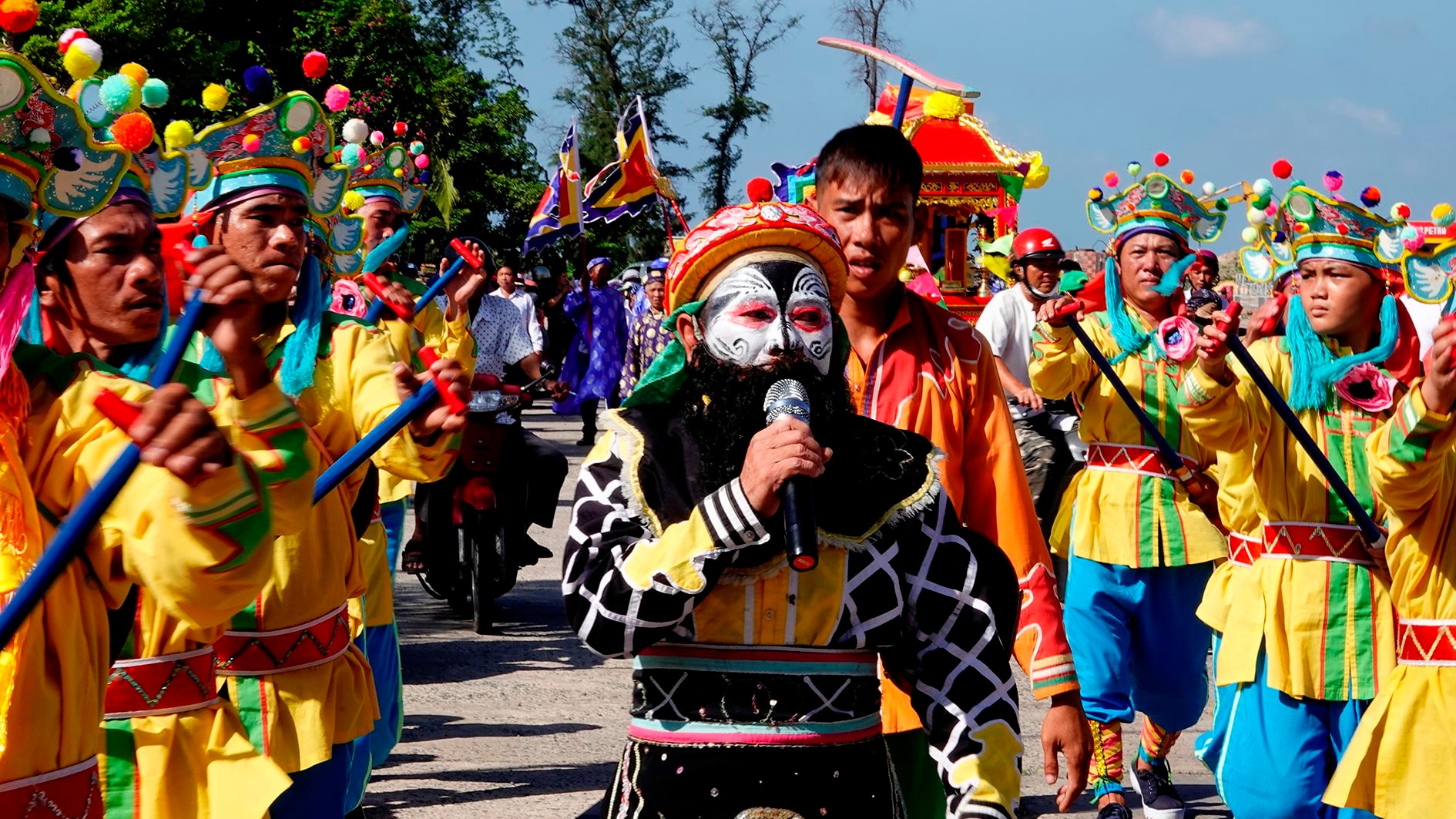
Developing cultural industry from heritage
Historical and cultural relics in Binh Thuan have different dates of establishment. In addition to the prehistoric archaeological relics of the Sa Huynh culture and the Da Kai site dating back 2,500 - 3,000 years ago. Most of the relics in our province are dated back about 200 years ago. In particular, the Cham tower groups were built much earlier, some of which are over 1,000 years old, and the latest groups of temples and towers were built in the 16th - 17th centuries. Typical of the early temple and tower groups belonging to the Hoa Lai art style in Binh Thuan are the Po Sah Inu tower (Phan Thiet), Po Dam tower (Tuy Phong)...
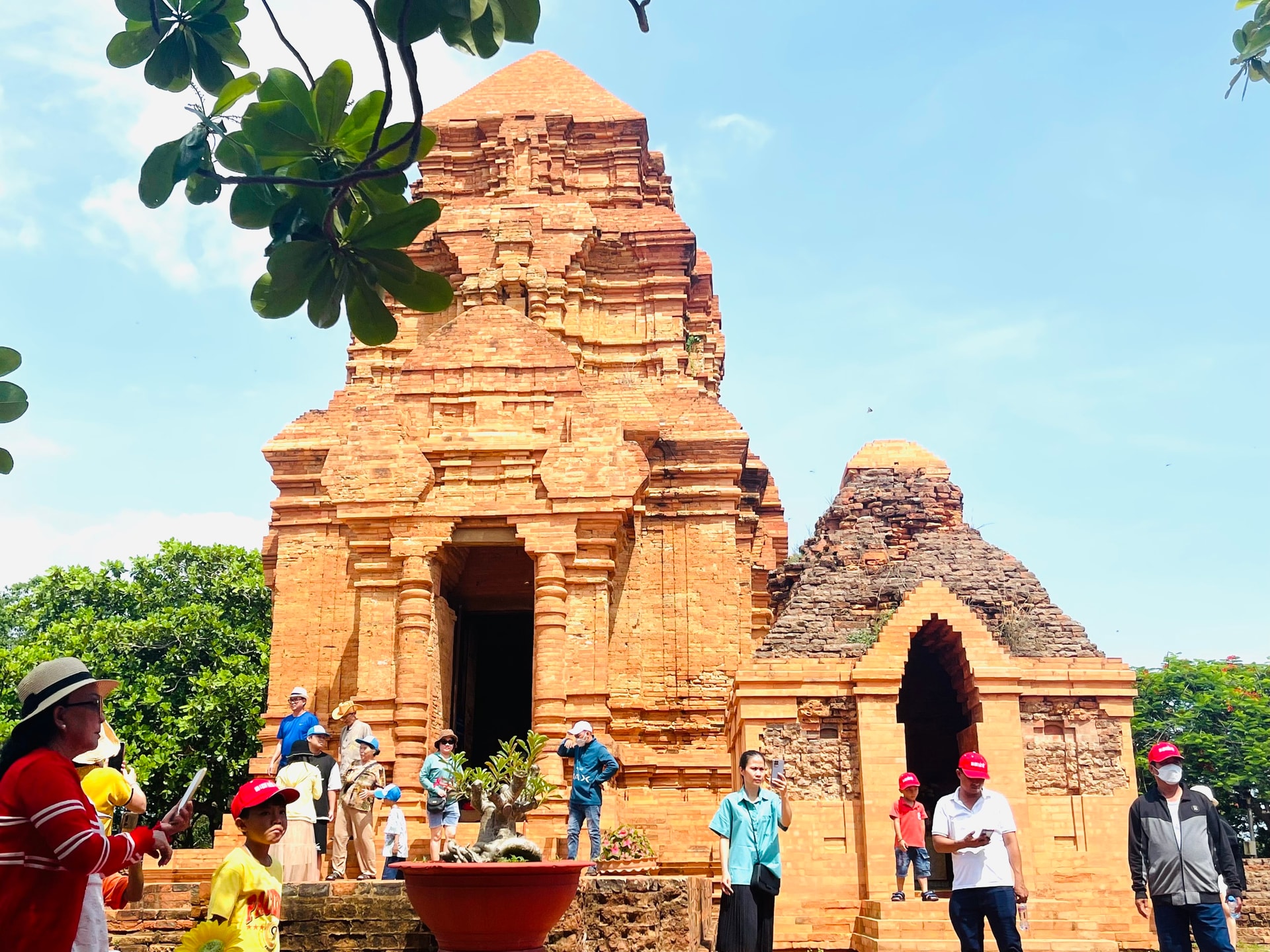
To date, the province has 28 relics ranked as national relics by the Ministry of Culture, Sports and Tourism (MCST) and 49 relics ranked as provincial relics by the Provincial People's Committee. These historical and cultural relics all play an important role in meeting the spiritual, cultural and religious needs of local people and the needs of domestic and foreign tourists for sightseeing, worship and enjoyment. Many of these relics and scenic spots have become indispensable destinations in cultural, spiritual and ecological tourism tours and routes.
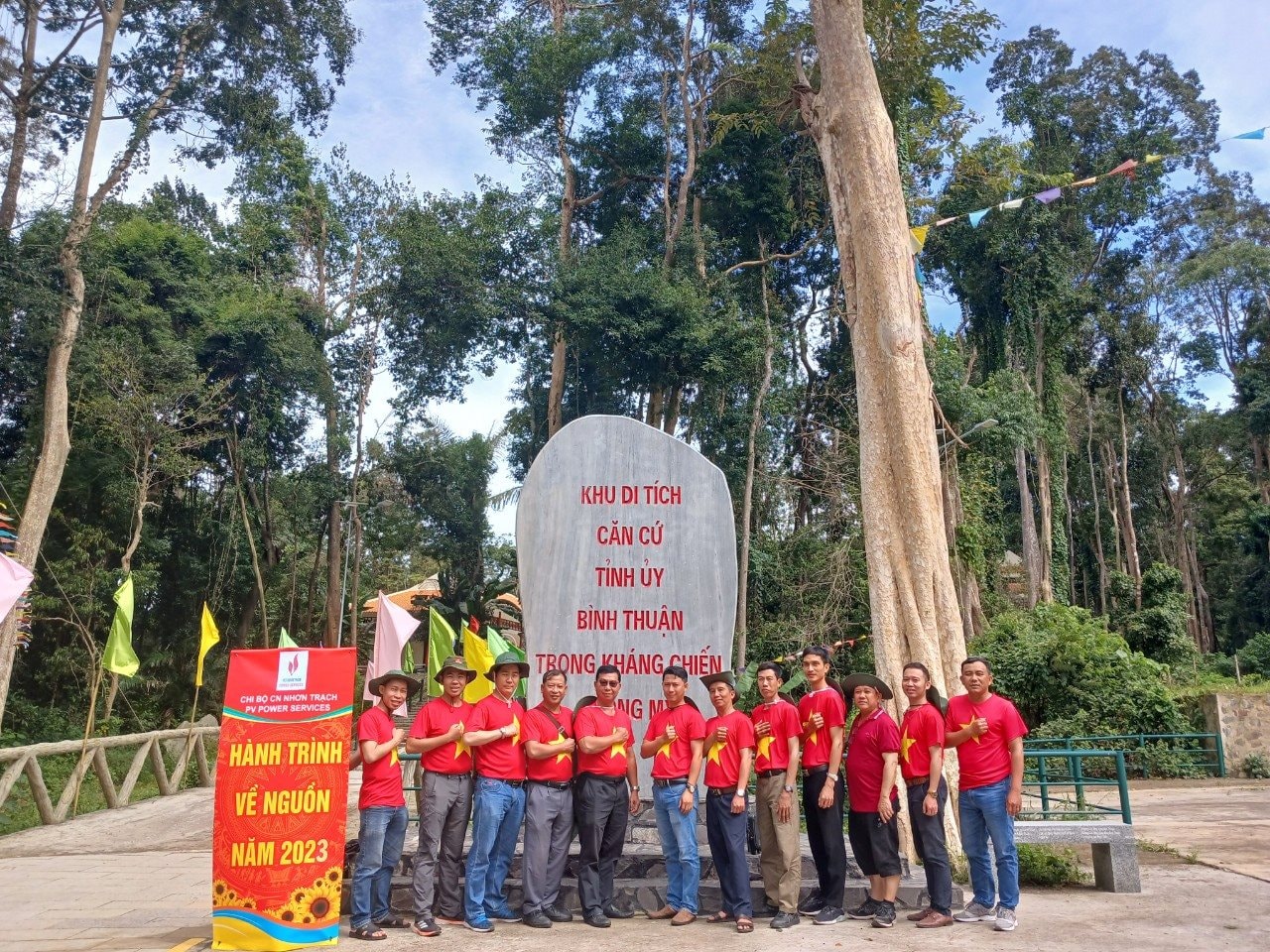
In particular, the Binh Thuan Provincial Party Committee Base Relic Site during the anti-American resistance war in Dong Giang Commune (Ham Thuan Bac) although only put into operation since the beginning of 2023 has become a "red address", a place to organize meaningful activities of returning to the source and having outdoor activities. In that same year, the Relic Site welcomed and served more than 31,000 visitors from inside and outside the province.
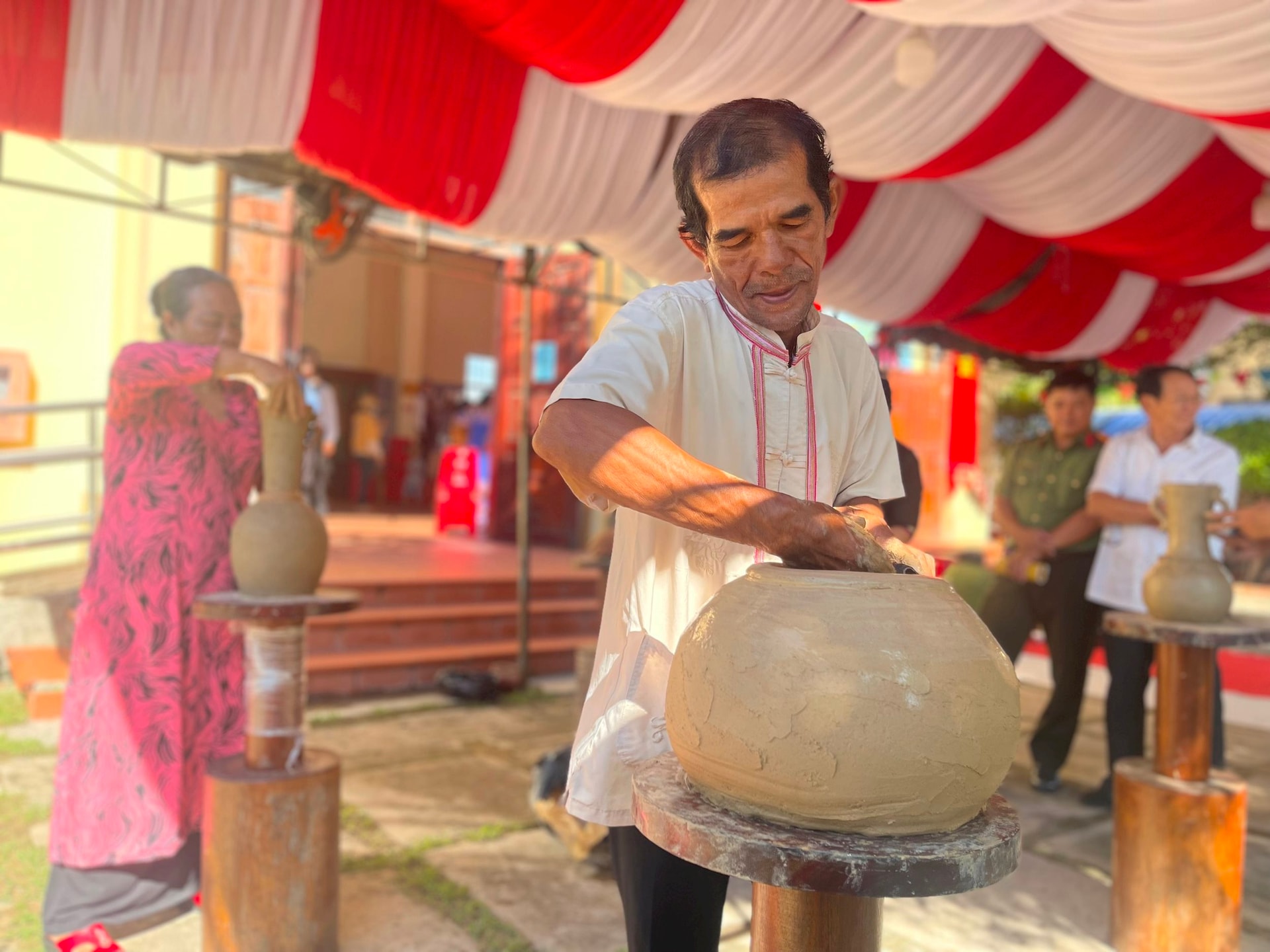
In addition to tangible cultural heritage, many types of intangible cultural heritage of the province have also been interested in inventorying, researching, collecting, preserving and promoting their values, bringing quite good results. Up to now, Binh Thuan has 4 heritages included by the Ministry of Culture, Sports and Tourism in the List of National Intangible Cultural Heritage, including: Traditional pottery craft of the Cham people in Binh Duc village (Bac Binh); Cau Ngu festival at Van Thuy Tu (Phan Thiet), Dinh Thay Thim festival (La Gi) and Kate festival of the Cham people in Binh Thuan province. In particular, the pottery art of the Cham people in Binh Duc village has been included by UNESCO in the list of Intangible Cultural Heritage in need of urgent protection. Currently, the cultural sector has deployed the construction and submitted to the Provincial People's Committee for approval 4 projects to preserve and promote tourism development of the 4 national intangible cultural heritages mentioned above.
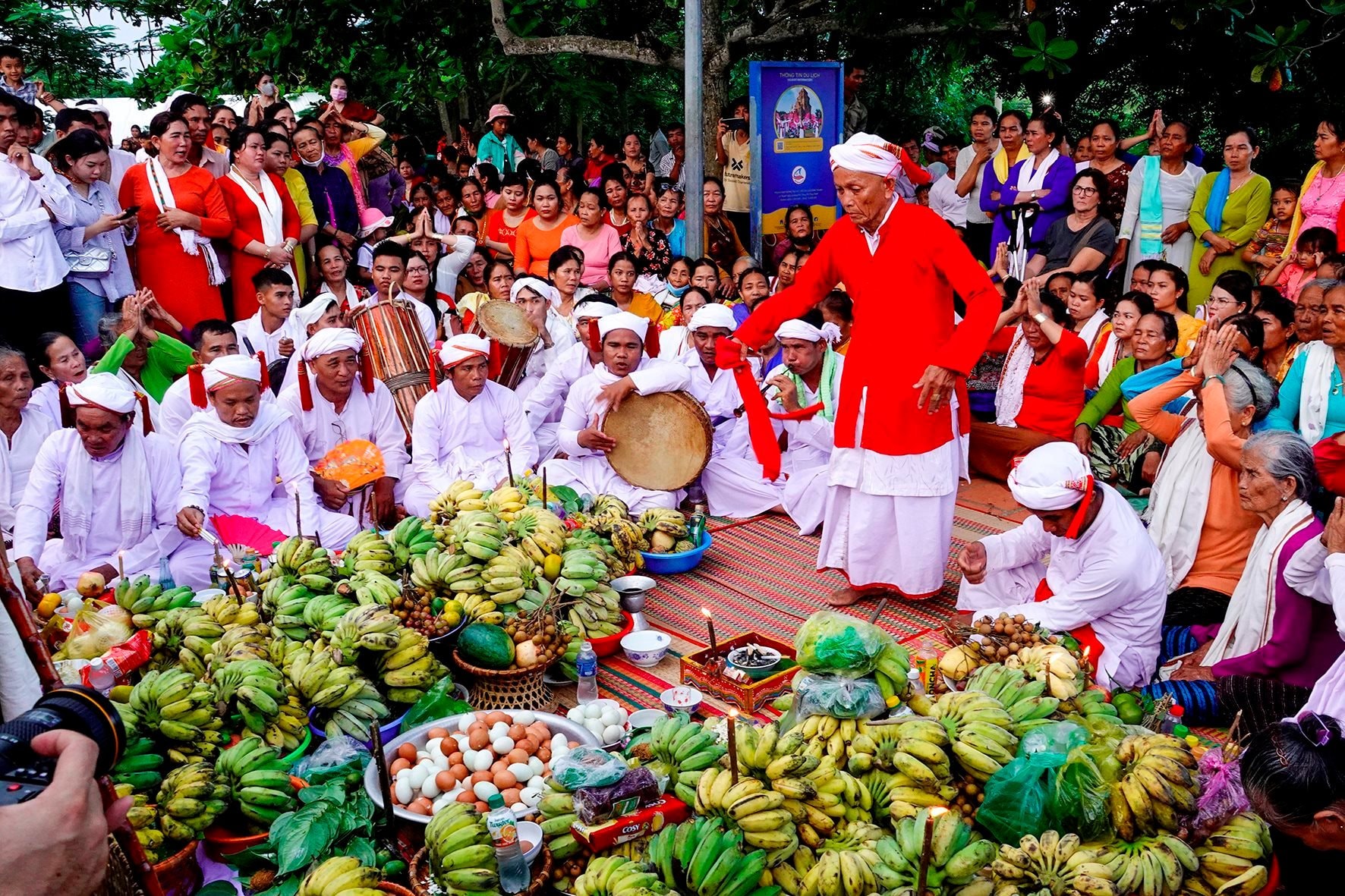
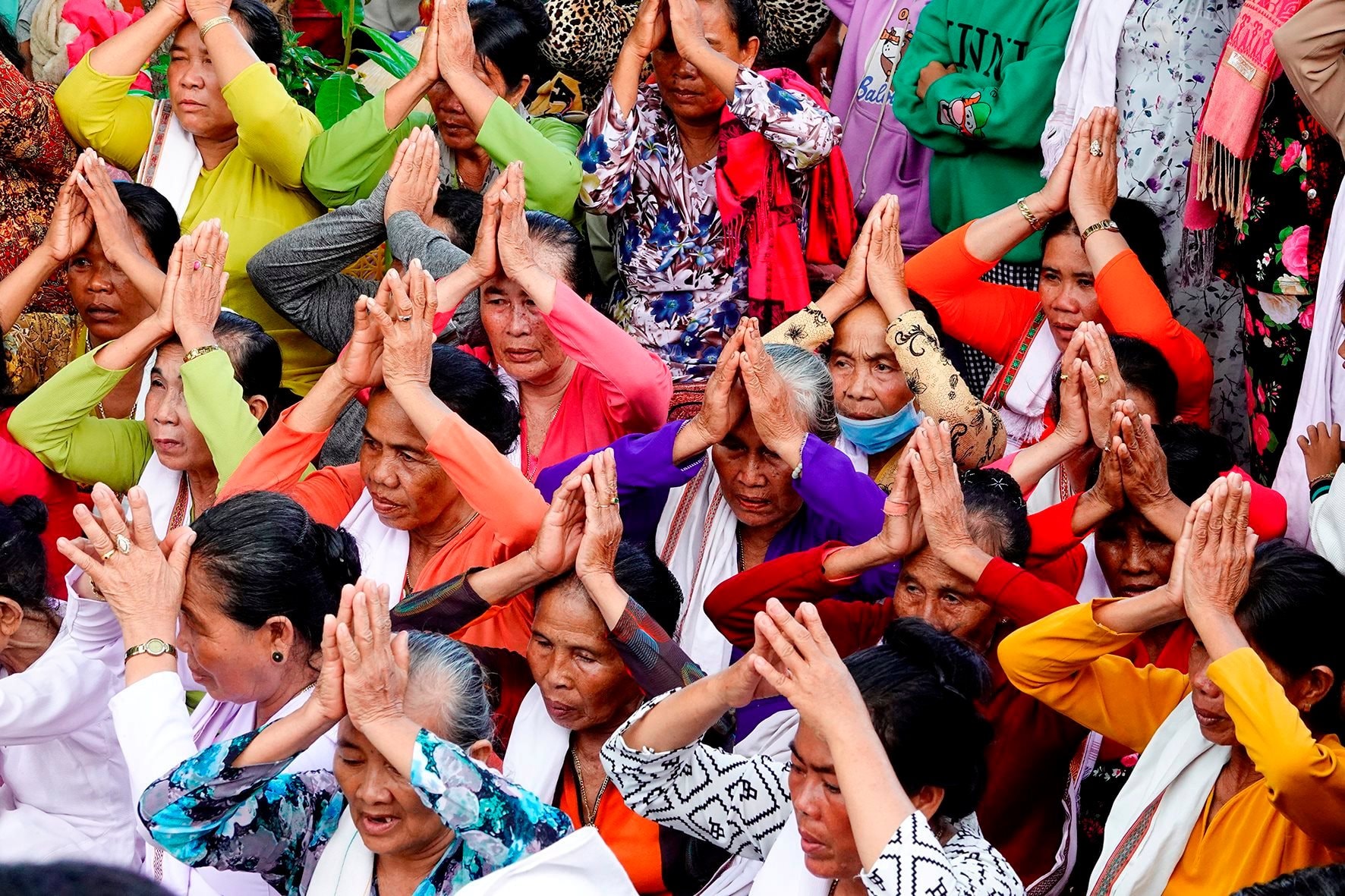
Synchronize solutions
Historical and cultural relics were born first of all from the spiritual, religious and belief needs of people. The relic itself is a material manifestation of the intangible cultural values contained within it, and the intangible cultural values exist as the spiritual manifestation of that relic. The two aspects of cultural heritage (tangible and intangible) blend together into a unified entity. Therefore, an important principle in the restoration of relics is how to preserve the tangible and intangible cultural values that the relic contains, ensuring that the relic exists for a long time, sustainably not only in terms of material but more importantly in terms of spiritual values, this is also an important endogenous factor, the soul that nourishes the relic.
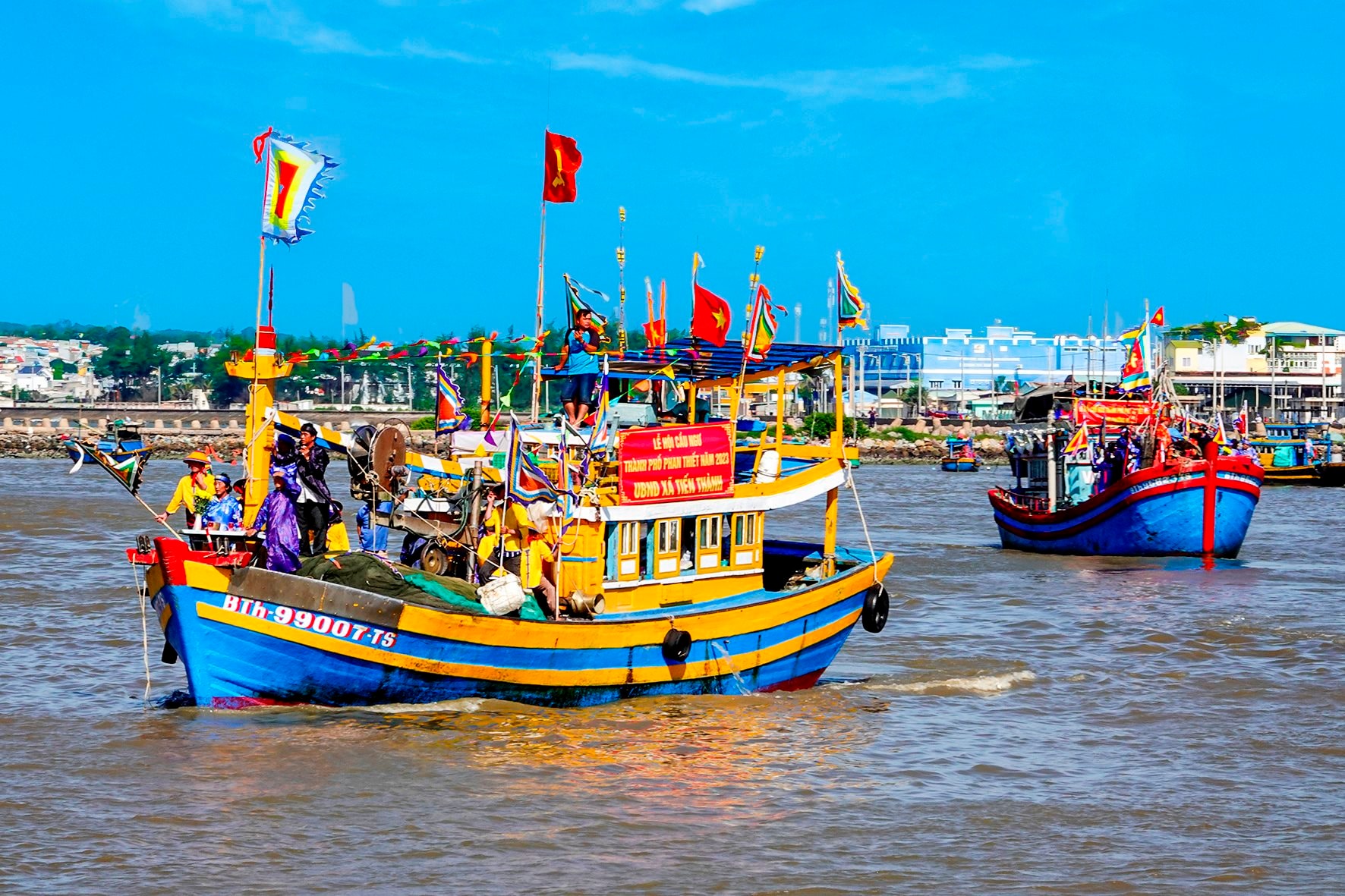
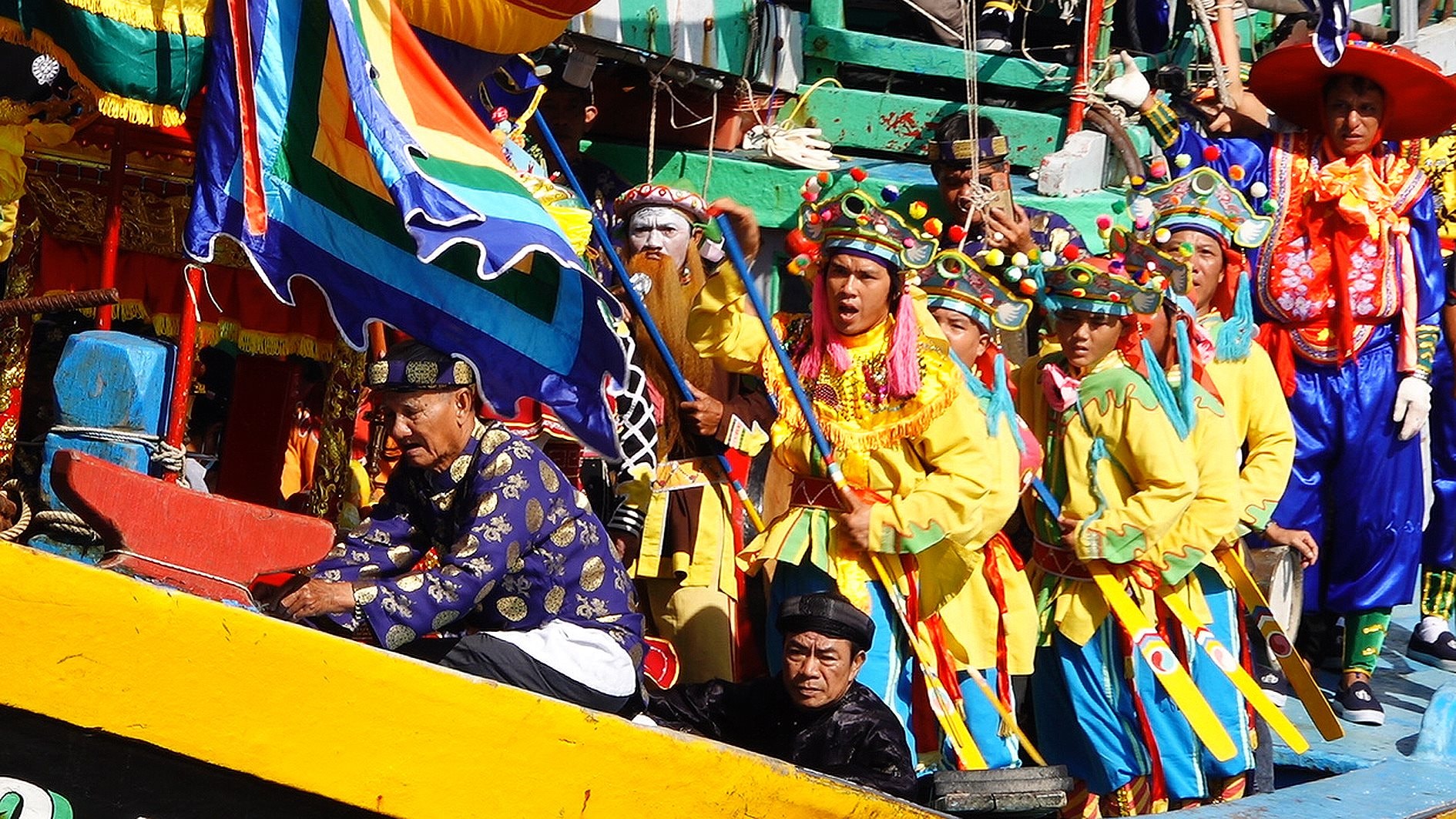
Over the past 20 years, implementing the National Target Program against degradation and restoration of relics, the State has invested a large amount of funds, along with a part of the relic's funds and socialized resources contributed by the people to restore, embellish and restore the appearance and ancient architectural structure of the relic. Thereby, initially exploiting and promoting the effective value of the heritage, meeting the needs of the people's cultural and spiritual life, while contributing significantly to the development of tourism and promoting the local socio-economic development. 24/28 national relics have been restored and embellished. Of which, many relics have been restored and embellished with 100% of the relic's own capital such as Thay Thim Palace (La Gi), Ta Cu Mountain Pagoda (Ham Thuan Nam), Co Thach Pagoda (Tuy Phong)...

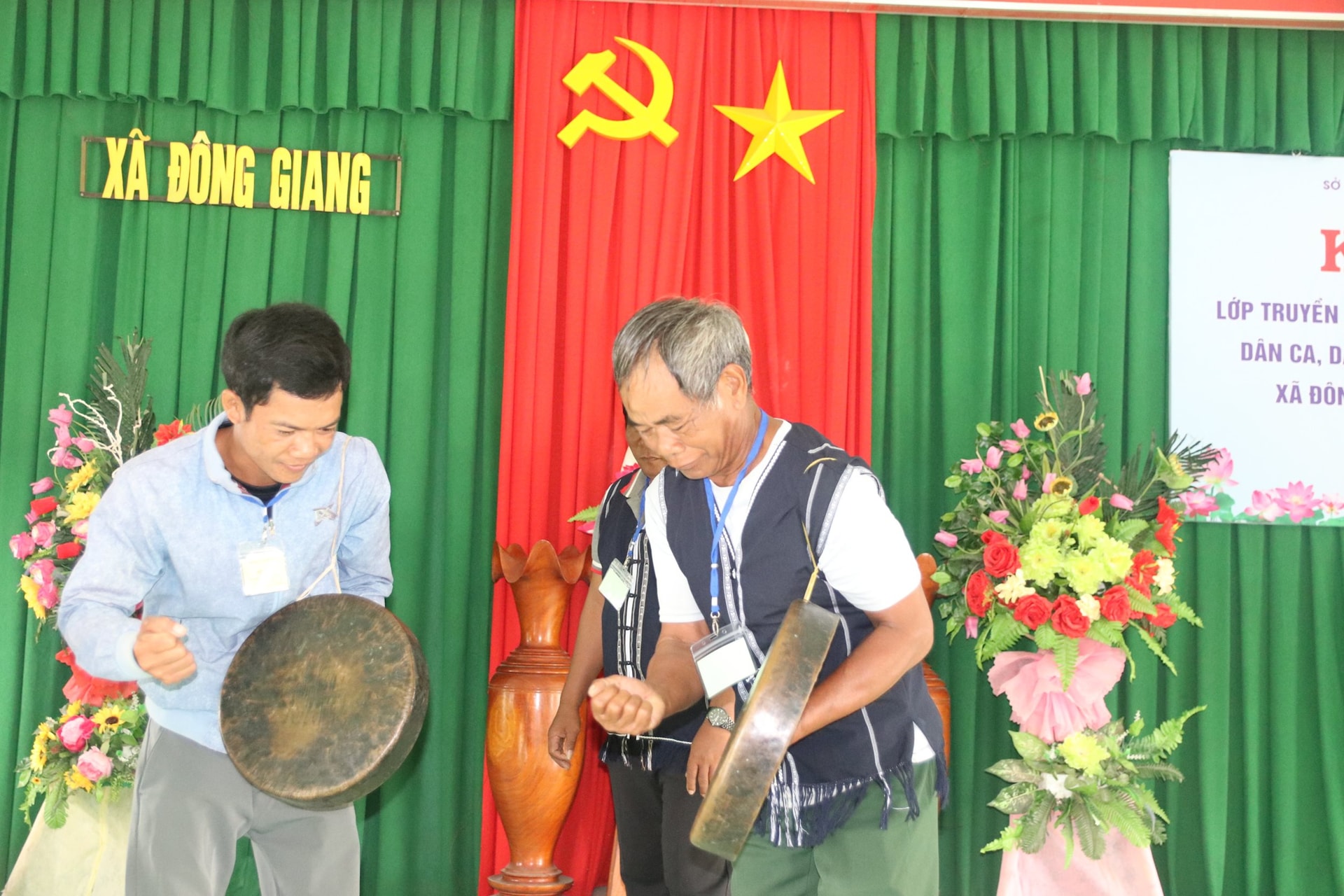
As for provincial-level relics, in addition to the relics that have been restored and embellished with socialized funding, due to the difficulty of the local budget, the State has only invested in restoring and embellishing 10/49 relics. For the remaining provincial-level relics, priority will be given to those that are severely degraded and included in the list of restoration and embellishment with the province's medium-term investment capital in the next stages and socialized sources.
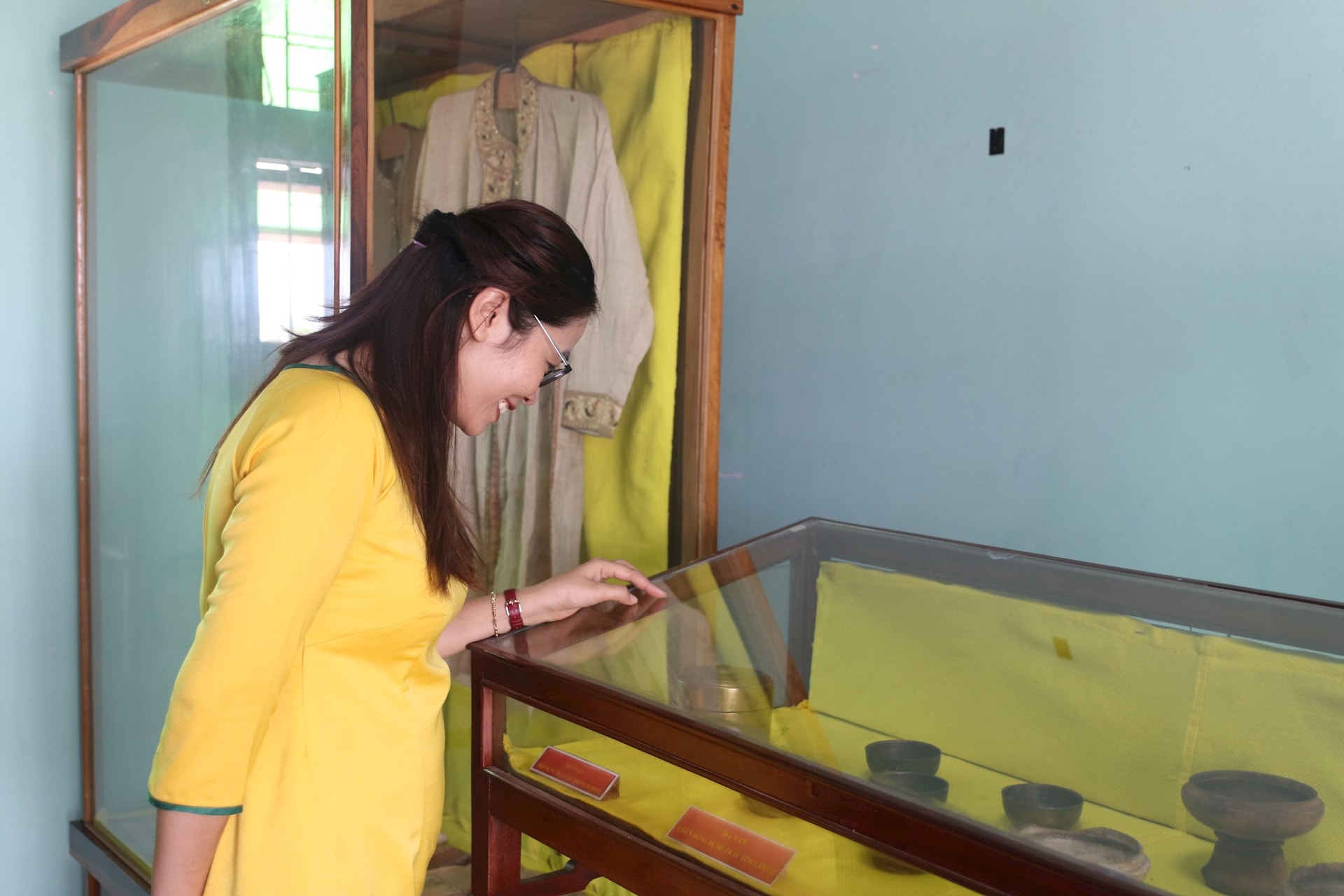
The provincial Department of Culture, Sports and Tourism recognizes: In addition to outdoor tourism, eco-tourism, and resort tourism, cultural and spiritual tourism associated with relics and festivals has become increasingly attractive to tourists. Therefore, the Provincial Museum as well as the entire sector are focusing on promoting the application of information technology, digitizing and creating QR codes for artifacts, relics, festivals... of typical value of the province to promote and advertise on Youtube, Website, Fanpage, Zalo... of the unit to serve tourism development. At the same time, continue to select intangible cultural heritages with typical and unique values, at risk of fading, changing... to survey, research, and build scientific dossiers to submit to the Ministry of Culture, Sports and Tourism for inclusion in the List of National Intangible Cultural Heritages.
Notably, in recent years, the Department of Culture, Sports and Tourism has coordinated with the Department of Education and Training on "Educational activities through cultural heritage and organizing extracurricular learning to learn about local cultural heritage at museums and relics in the province" for the period 2020 - 2025. Through direct visits and bringing paintings and photos to schools, it has contributed to raising the sense of responsibility of the younger generation in preserving and protecting national cultural heritage. In addition, cultural teaching classes under Project 6 "Preserving and promoting fine traditional cultural values of ethnic minorities associated with tourism development" implemented in 2023 and 2024 are the basis for restoring, preserving and promoting fine traditional cultural values of ethnic minorities.
The provincial Department of Culture, Sports and Tourism is orienting to build and connect to form tours and tourist routes to typical relics and festivals or connect visits to relics and festivals with other eco-tourism, resort and picnic tours and routes. For example, in Bac Binh district, it is possible to connect from the Cham Cultural Exhibition Center - Collection of Cham royal cultural heritage - Cham King Po Klong Moh Nai temple - Cham King Po Nit temple - Binh Duc pottery craft village and some traditional Cham weaving villages. Other localities also need to form and connect tours and tourist routes to create continuity and connection between types of eco-tourism, picnics, resorts with cultural tourism, spiritual beliefs to attract tourists.
Based on the specific situation, Binh Thuan continues to inform, propagate and widely disseminate the content of Decision No. 1755/QD-TTg of the Prime Minister approving the Strategy for the development of cultural industries in Vietnam to 2020, with a vision to 2030 to departments, branches and localities in the province to continue raising awareness and vision of the important role of cultural industries contributing to local economic development.
Source: https://baobinhthuan.com.vn/phat-huy-gia-tri-di-san-van-hoa-gan-voi-phat-trien-kinh-te-xa-hoi-124161.html


![[Photo] Welcoming ceremony for Prime Minister Pham Minh Chinh and his wife on an official visit to Malaysia](https://vphoto.vietnam.vn/thumb/1200x675/vietnam/resource/IMAGE/2025/5/25/dc30203c3ae24da3990266ec3b29bb2d)

![[Photo] French President Emmanuel Macron and his wife begin state visit to Vietnam](https://vphoto.vietnam.vn/thumb/1200x675/vietnam/resource/IMAGE/2025/5/25/03b59c7613144a35ba0f241ded642a59)
![[Photo] Ea Yieng commune settlement project abandoned](https://vphoto.vietnam.vn/thumb/1200x675/vietnam/resource/IMAGE/2025/5/25/57a8177361c24ee9885b5de1b9990b0e)
![[PHOTO] Hanoi fences off demolition of "Shark Jaws" building](https://vphoto.vietnam.vn/thumb/1200x675/vietnam/resource/IMAGE/2025/5/25/1b42fe53b9574eb88f9eafd9642b5b45)
![[Photo] Funeral of former President Tran Duc Luong in Quang Ngai](https://vphoto.vietnam.vn/thumb/1200x675/vietnam/resource/IMAGE/2025/5/25/ccf19a3d8ea7450bb9afe81731b80995)
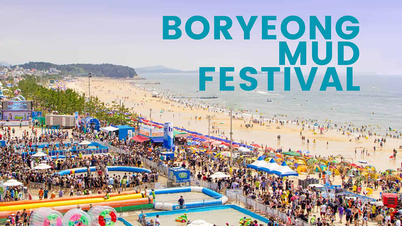

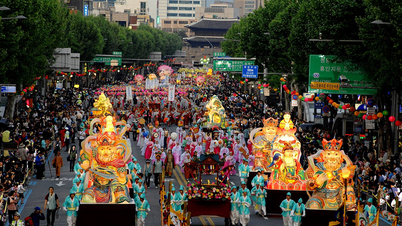
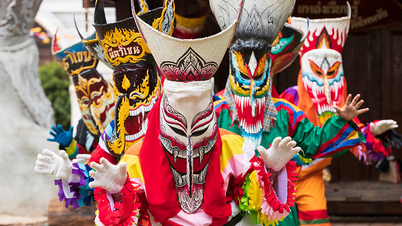
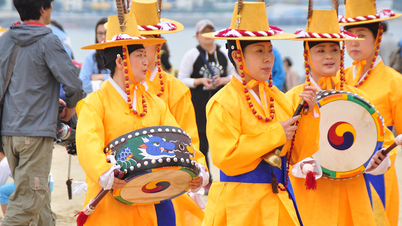


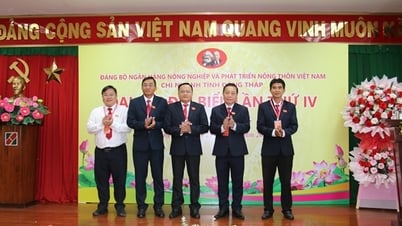

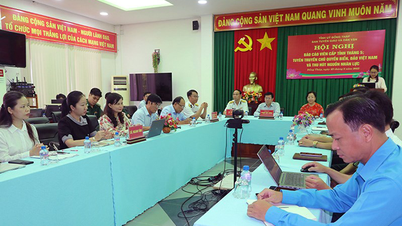
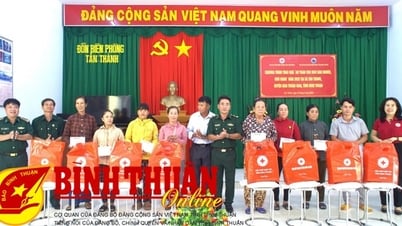

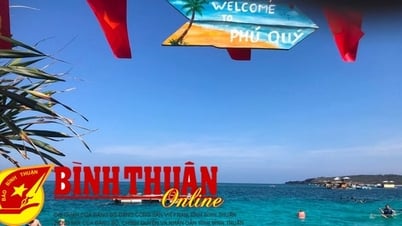
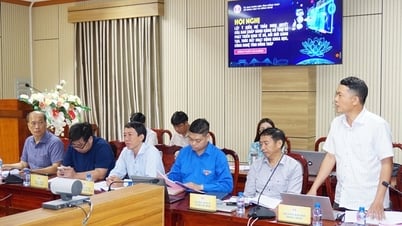




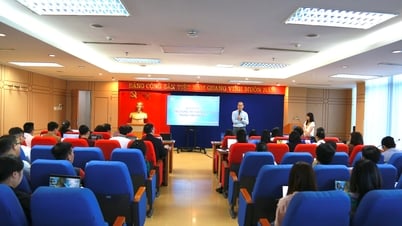

































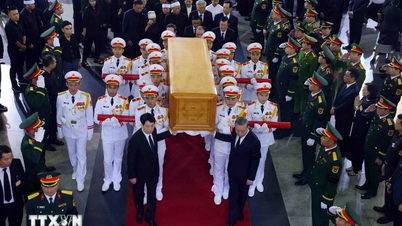
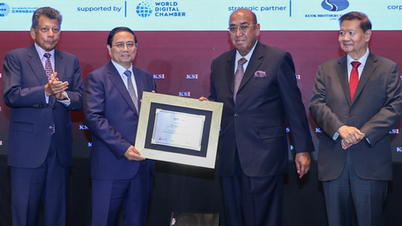
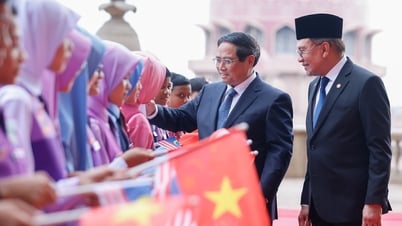
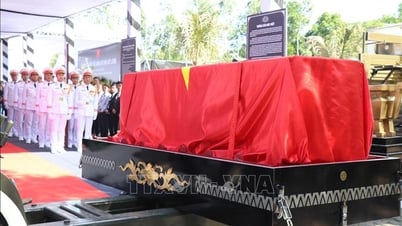









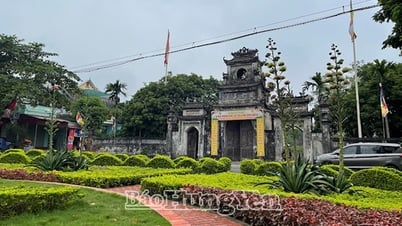



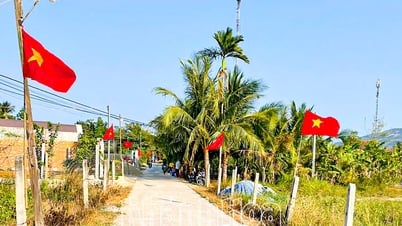


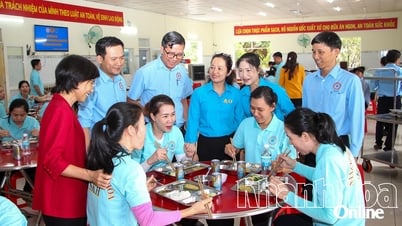
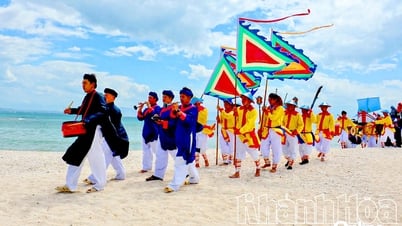












Comment (0)